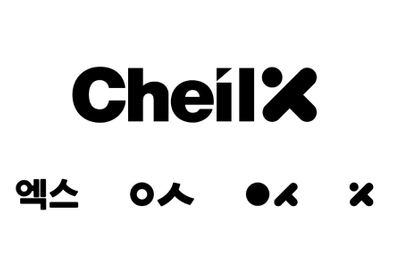
Campaign Asia-Pacific spoke exclusively with John Kim (金宗铉), CEO of Cheil China, as well as Brian YS Nam (南龙植), CEO of Cheil OpenTide China.
Obviously Seoul is the centre of the world for Cheil Worldwide. How do you see the Chinese market?
Kim: The Seoul headquarters keeps an eye on the China market because it is booming fast. It is no longer the factory of the world but the market of the world. We have positive feelings toward the Chinese market because both are Oriental societies with common cultural backgrounds—our ways of making friends, thinking, drinking and eating are quite similar. And we also obey Confucius’ teachings. If you think about it, advertising is based on culture, and branding is delivered according to cultural fits, including language. My boss, Aaron Lau, is Hong-Kong Chinese. We’re not like the western 4A agencies where the higher-ups are Korean and the rest are Chinese. We are not that kind of organization; we’re open.
What is the Korean methodology of creativity versus that of the Chinese?
Kim: Before, the advertising and media industry was concerned with how to push messages using specific spaces. Now, there are new key media words: digital, social, crowd-sourcing, collaboration, collective intelligence, etc. This is a transformation at the root of advertising. We’re concerned with a holistic approach—not using above-the-line or below-the-line anymore, but beyond-the-line campaigns. Just as Cannes changed its name from ‘advertising festival’ to ‘festival of creativity’, becoming more of an idea expo of unique solutions that are less concerned with ‘performance’, we don’t use the word advertising as much anymore. The golden rule of advertising in the future is to create ‘life-share’ and not just ‘mind-share’. We should focus on creating shared value and social context.
What are your business targets in 2014?
Kim: We do have very aggressive plans to expand our business next year, including M&As. But we first think about organic growth, then about acquisitions; and any acquisition will leverage the Cheil parent company brand, but our focus is not on M&As at this stage. We are not that famous in this market yet, as we are still a newcomer. We just focus on our clients and our work before this, but now we think it’s time to brand ourselves. We need to increase our popularity in this market because of the number of agencies here. It’s going to be harder for us than before when we were the in-house agency for Samsung, so we would like to participate more in ad festivals and conferences.
How do you apply the technologically-advanced culture from Korea to Cheil’s digital arm, which I heard just had its name legally changed from OpenTide China (OTC) to Cheil OpenTide (COT)?
Nam: OpenTide was acquired by Cheil in 2009. Part of our plan in 2014 is to develop our own multi-screen ad serving and ad management platform that integrates internet, mobile, TV, and tablet advertising. We are developing this platform together with Samsung Electronics to combine their understanding of technology and our understanding of advertising. OpenTide grew about 60 per cent this year compared to last year, so hopefully we can grow 30 per cent next year. To achieve this, we will work on our core competence that is to build capabilities in real-time advertising and also e-commerce service solutions.
Digital advertising is not only about technology but about ecology, and is nothing unless it is used for the good of the world. To make digital successful, elements of creativity are needed to combine ‘cold technology’ and ‘warm sensibility’. So at Cheil we have the role of a creative technologist (CT), which is very different from that of a creative director. A CT has to think of and make brand experiences using technology such as stop-motion animation, video-on-demand, ultrasound tagging or QR codes. We don’t stop at just a website. Technology itself isn’t important; it’s how we can combine it with strategic tactics.
Are the strict compliance requirements prevalent in Korean culture a bane or boon to creativity?
Kim: The process of coming up with big ideas is not regimented, only in terms of management and administration, or anything that has got to do with spending, because we would like to avoid risk. But in terms of creativity, we discuss and put together our ideas—that is our way of working. Recently in China, we won the ‘Innovative agency of the year’ award at the ROI Festival, ‘Digital agency of the year’ award at China International Advertising Festival, and a gold award at Effie China for the Samsung Note II campaign.


.jpg&h=334&w=500&q=100&v=20250320&c=1)


.png&h=334&w=500&q=100&v=20250320&c=1)





.png&h=334&w=500&q=100&v=20250320&c=1)




.png&h=268&w=401&q=100&v=20250320&c=1)


